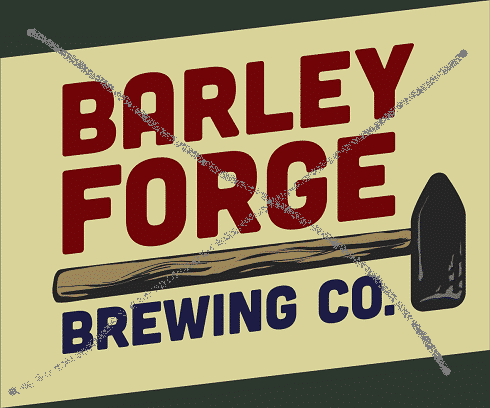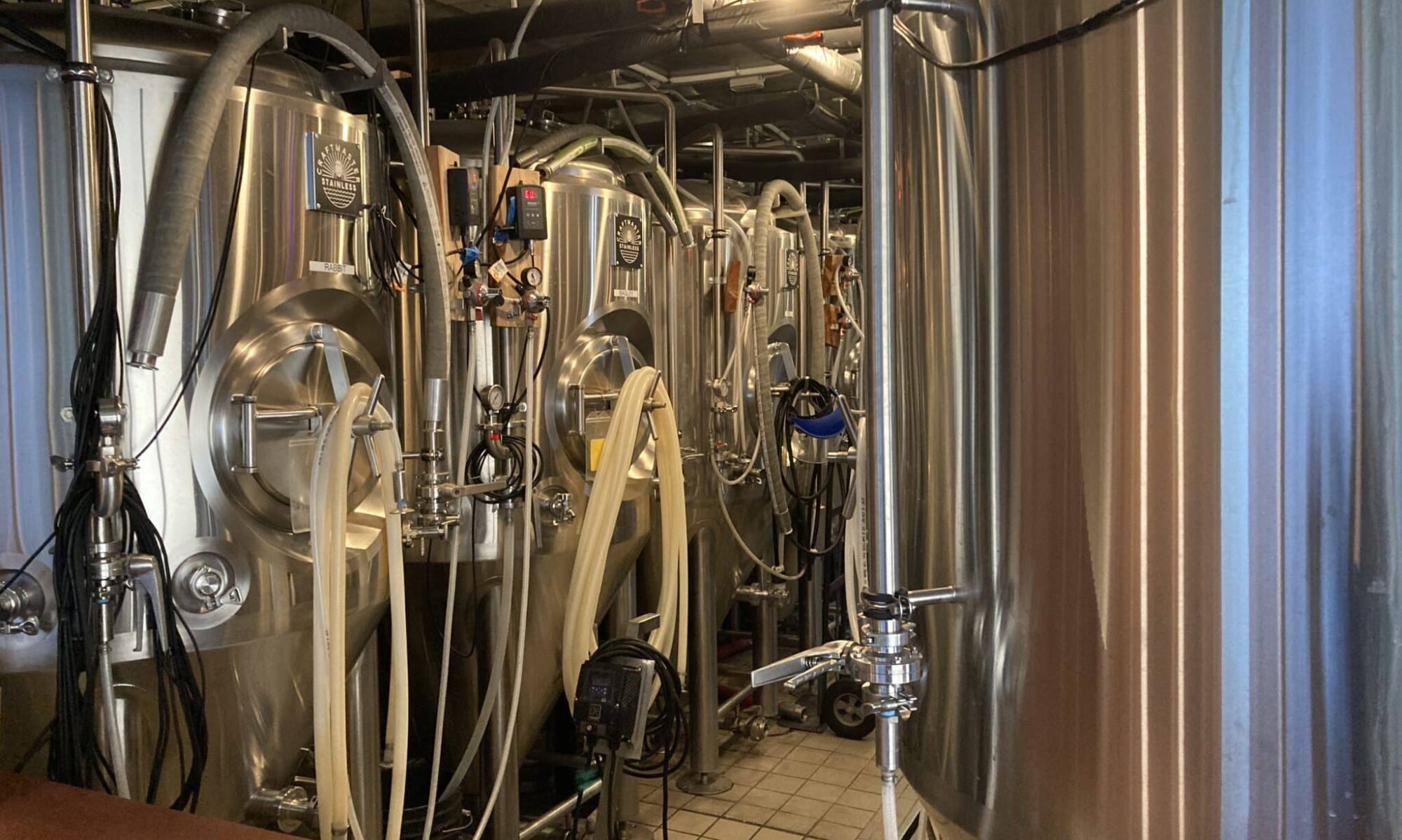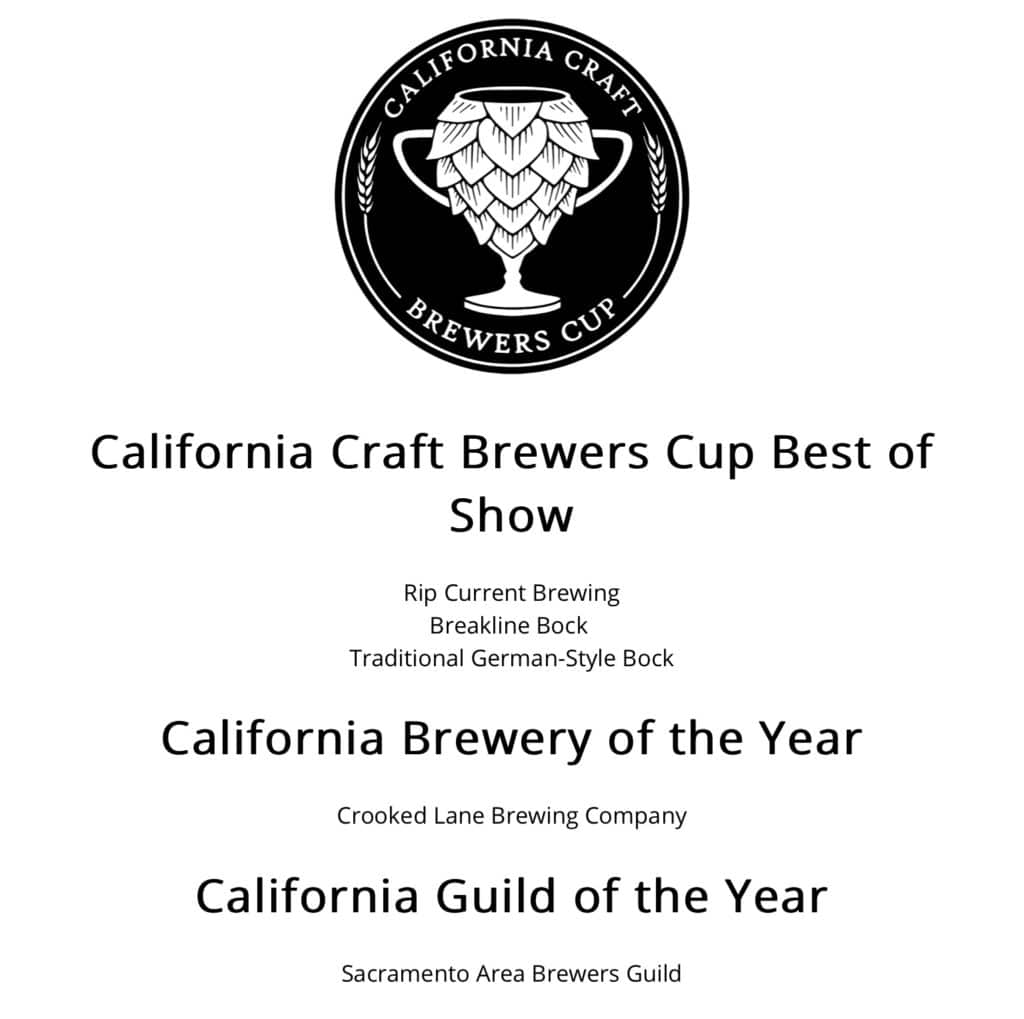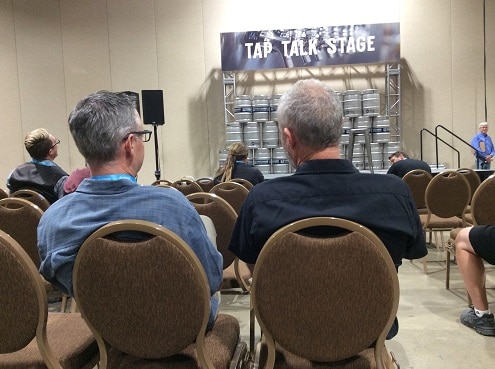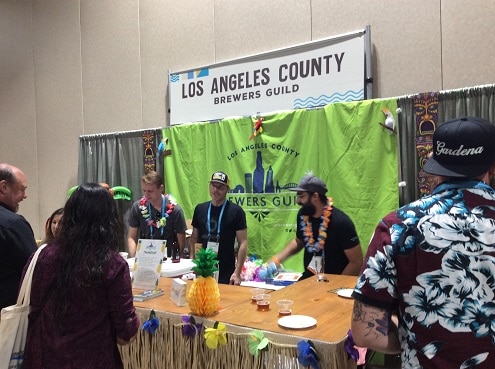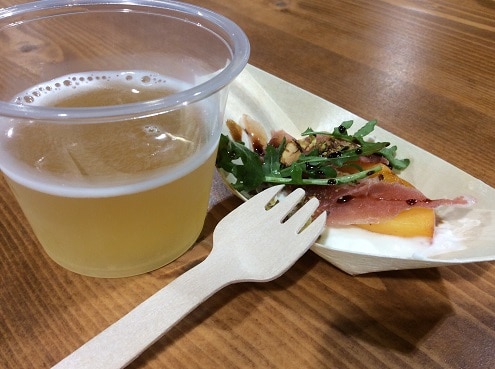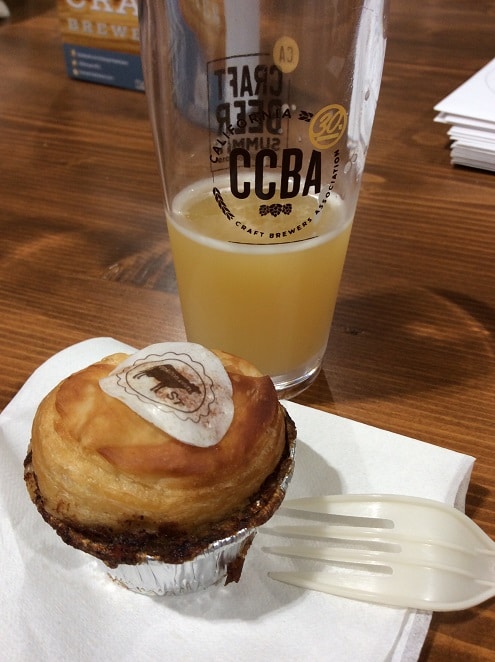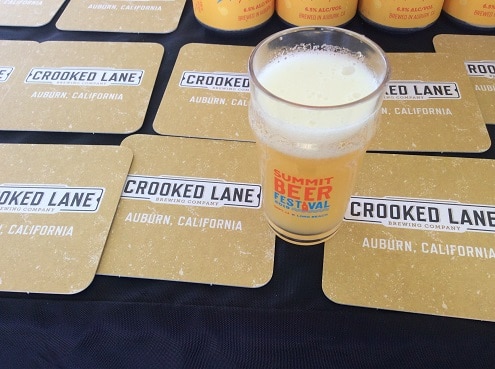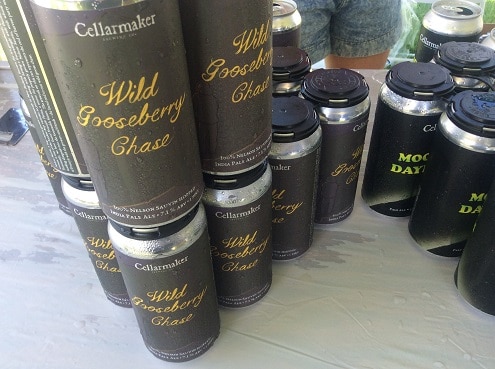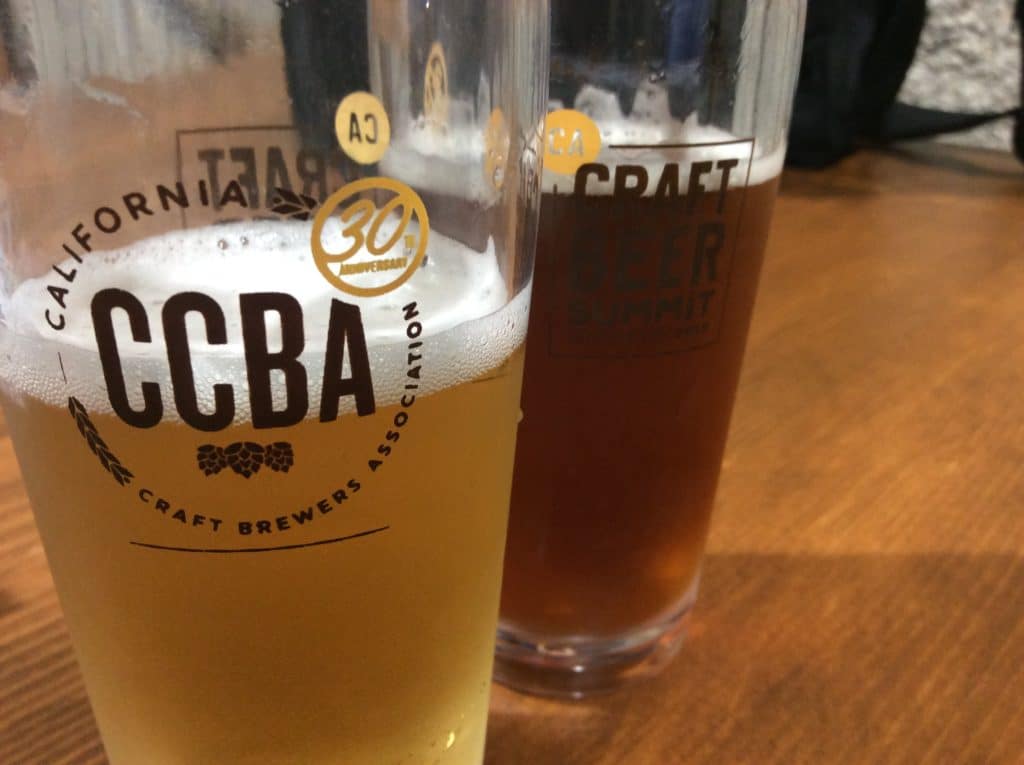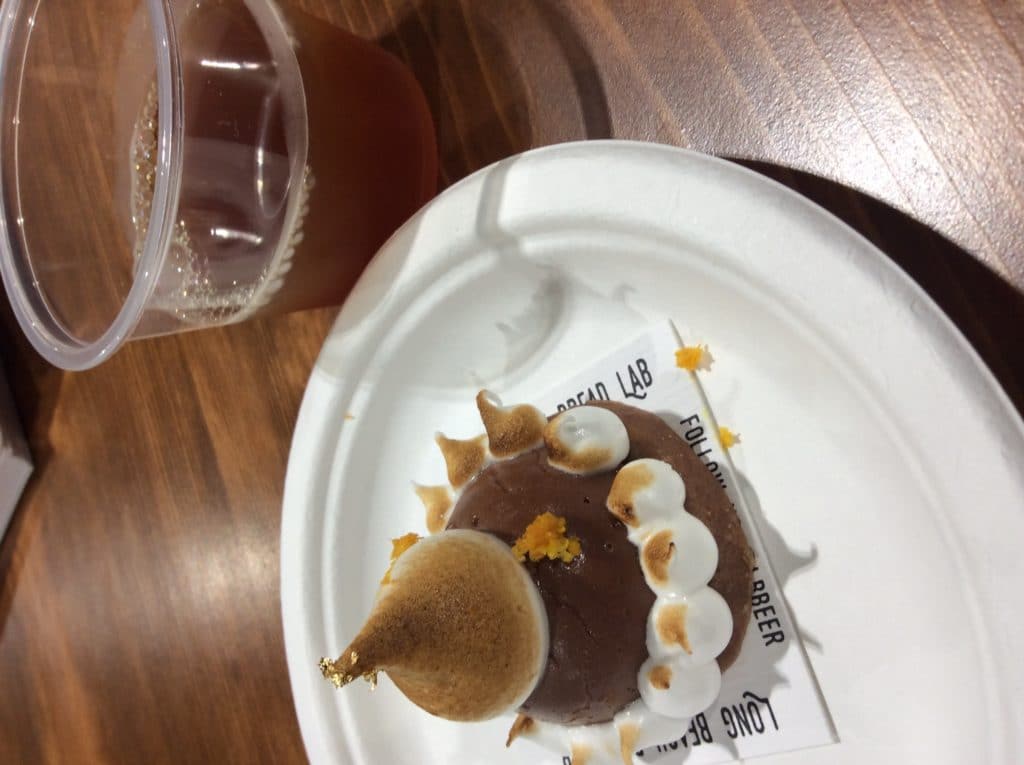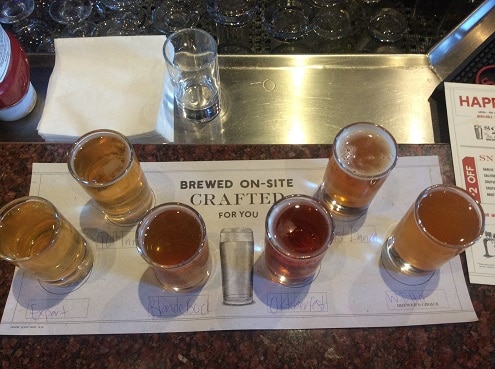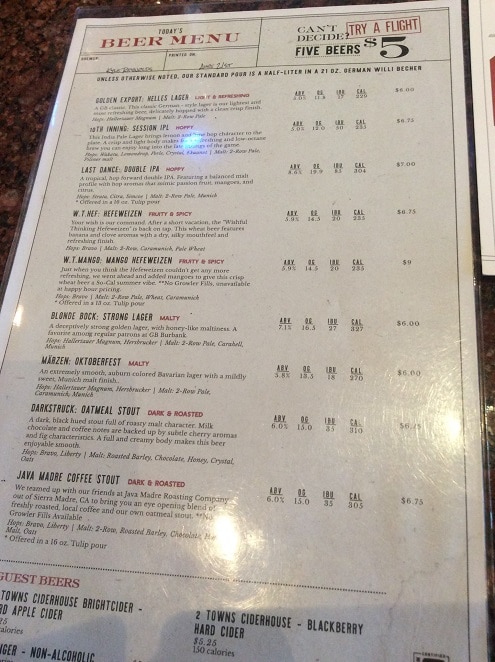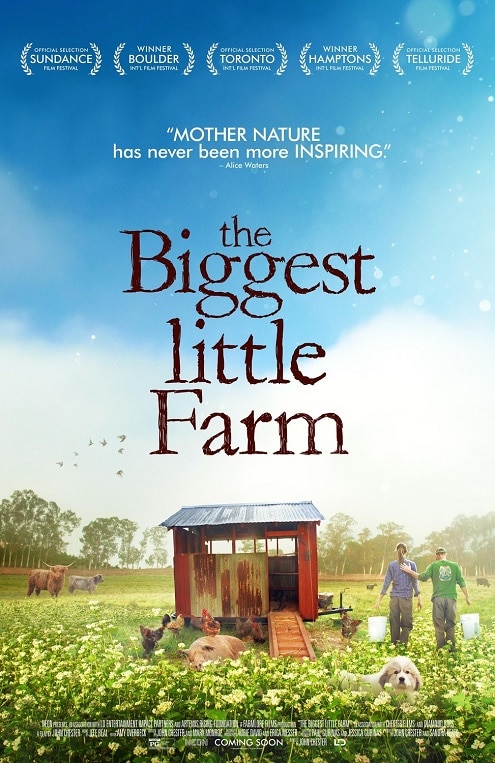Before you do “hard” seltzer
Despite
my anti-“hard” beverage stance, I am not against a brewery testing or going all
in on seltzers, coffees and their ilk.
But I do hope that these breweries are sitting down and analyzing the
decision before embarking on it. First though, you need to back up to before the
brewery opened.
There
will always be a tension between what the brewery wants to brew and what the
customer wants to buy. Finding a balance
(the eye of the storm) in the middle is difficult. It is made much easier if two questions are asked
though:
What
Kind of Brewery do we want to be? And What Do Our Customers Want?
The
first is the more fun and easier of the two questions. Customers wants are moving targets and
hard-earned affection can be easily lost even if you do everything right. But
if you are true to who you are, the fans will realize that even if only
subconsciously.
So,
if you want to jump on the “hard” seltzer train you need to ask, is it on point
for your brand. Can you bring your vibe to
it? Maybe you use local fruit, maybe you
use herbs, maybe they are named after employees or customers. Then, are your customers asking for it. Maybe this is an annual summer fling, where
you do a few during the hot months. Or you
have one seasonal seltzer on tap throughout the year. Make sure though that this is being done for
Customers and not for “customers”.
The
difference is that the former are your regulars, your unpaid cheerleaders. The latter are there for a day or are social
media trend. This is not to imply that trends
are to be avoided but you do need to strike that balance between chasing the
new, new thing and creating that new, new thing. It is painfully easy to spot when a product
is launched to make money for the rest of the company to live on vs. a product
that takes off and is actually part of a portfolio of drinks. 805 and Hazy Little Thing from Firestone
Walker and Sierra Nevada leap to mind.
This
leads to one final question that needs to be asked and discussed. What happens when the “hard” trend starts
fading or when the market becomes glutted with the stuff. Because both of those economic factors will
happen. The supply and demand will find
their equilibrium and it will be lower.
Will making the “hardened” beverage still be worth it in those
circumstances? Or will your brewery
already be onto the next trend?
